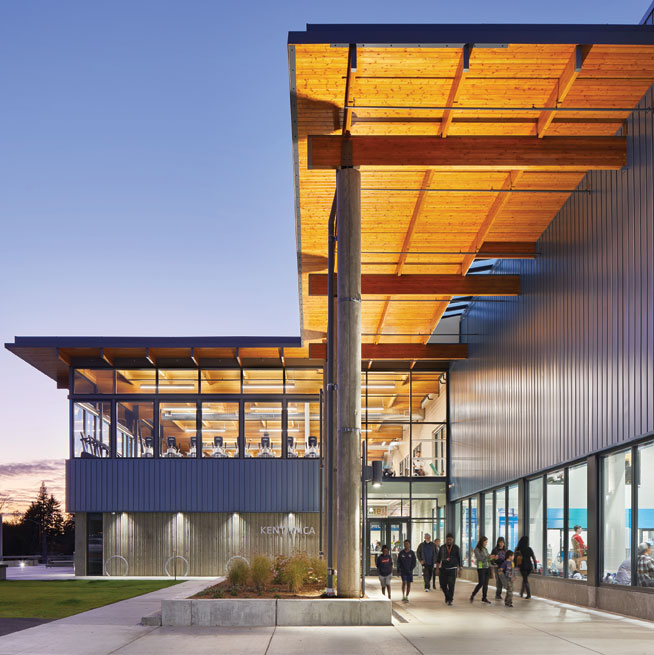September 6, 2024
Habitat
'Architecture is not merely the backdrop to our lives, but a crucial determinant of how we live and thrive.'

Well designed space feels good to both body and mind. The Kent, Washington YMCA. Miller Hayashi Architects
""Many of us have felt the effects of being in different built environments. Yet what this means for our health and wellbeing hasn’t received enough research attention. How do the offices, houses, hospitals, schools, neighbourhoods and spaces that we occupy day to day affect our health?""
""Enter the emerging field of neuroarchitecture – an interdisciplinary domain that explores how the built environment affects human brain function, behaviour, cognition and psychology. Initial research indicates that, beyond its influence on infectious diseases, architectural design and form might also actively contribute to increased levels of stress in the body, which in turn could increase the risk of so-called noncommunicable diseases (often referred to as ‘lifestyle diseases’), including neurodegenerative and psychiatric conditions such as Alzheimer’s, Parkinson’s disease, depression and anxiety.
""A better understanding of how the built environment impacts our health in these ways could revolutionise building design and urban planning. Imagine being able to design spaces that not only don’t cause harm, but actually promote overall wellbeing."" - Cleo Valentine
Article: How The Buildings You Occupy Might Be Affecting Your Brain
Neuroarchitecture




